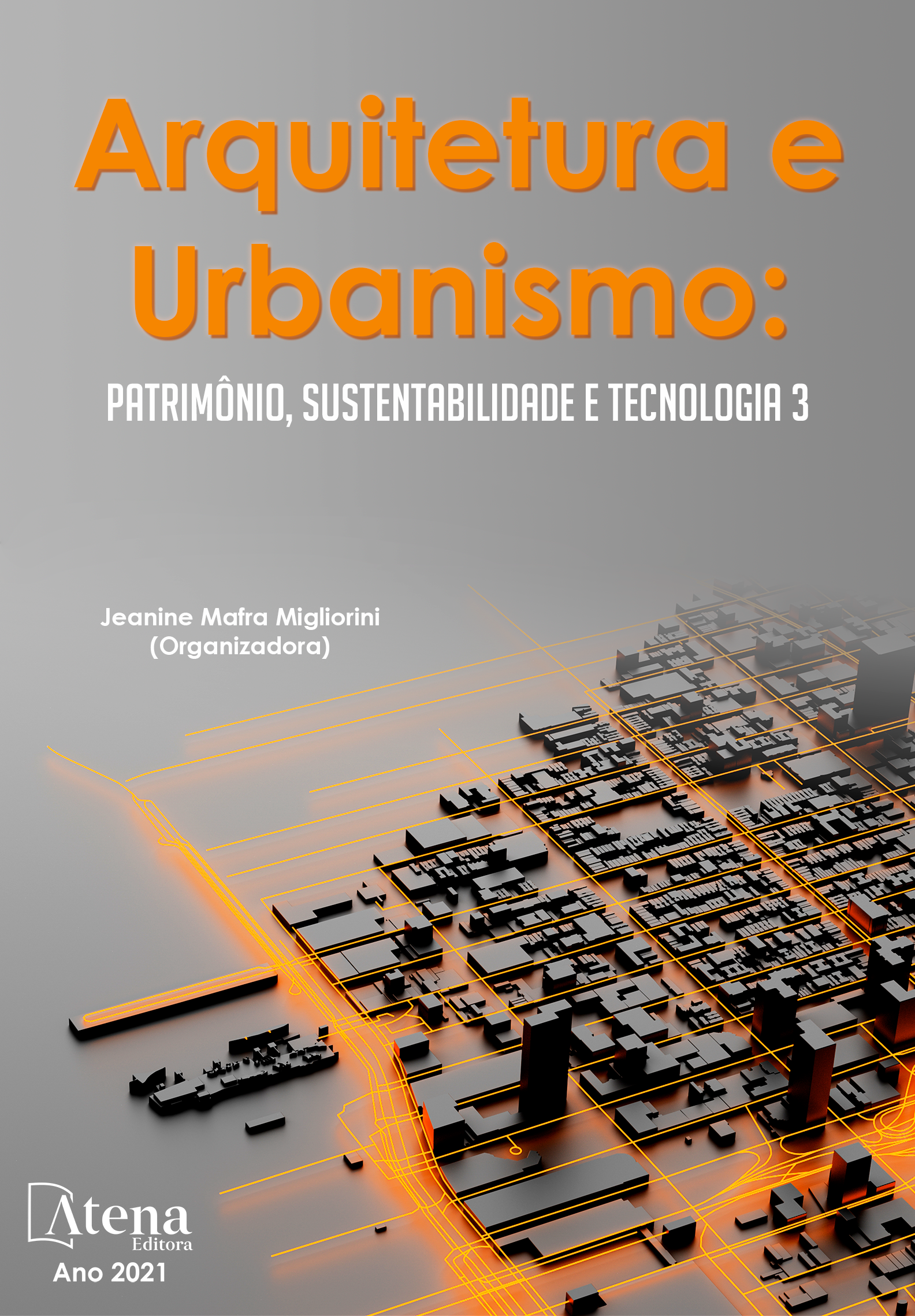
PELO “DIREITO À CIDADE” DA JUVENTUDE NEGRA PERIFÉRICA
O objetivo deste trabalho é refletir sobre novas práticas de planejamento urbano a partir da percepção de jovens negros da periferia de São João del-Rei, MG. Por meio da aplicação de entrevistas e questionários focados na análise da percepção que esses jovens negros têm em relação à cidade, busca-se evidenciar que a vivência urbana e a forma de apropriação do espaço público são bastante restritas e, na maioria das vezes, violenta, tanto nos bairros periféricos onde moram, quanto nas áreas centrais da cidade. Contudo, apesar das dificuldades em que se encontra, a juventude negra periférica ainda resiste por meio de manifestações sociais, culturais, artísticas e também políticas, vinculadas principalmente com o Movimento Hip Hop. Por essa razão, é necessário um novo tipo de planejamento (MIRAFTAB, 2016), onde essas práticas cidadãs também sejam reconhecidas e seus agentes tenham espaço para exercê-las, pois apenas elas têm o potencial para efetivar o “direito à cidade” (LEFEBVRE, 2001) para esses indivíduos.
PELO “DIREITO À CIDADE” DA JUVENTUDE NEGRA PERIFÉRICA
-
DOI: https://doi.org/10.22533/at.ed.12221160710
-
Palavras-chave: Vivência urbana. Juventude negra periférica. Direito à cidade. Planejamento insurgente.
-
Keywords: Urban experience. Black youth in the outskirts. Right to the city. Insurgent planning.
-
Abstract:
The objective of this work is to reflect on new urban planning practices, based on the perception of young black people from the outskirts communities of São João del-Rei, MG. Through the application of interviews and questionnaires focused on the analysis of the perception that these young blacks have about the city, we seek to show that urban experience and the form of appropriation of public space is very restricted and, in most cases, violent, both in the outskirts communitites where they live and in the central areas of the city. However, despite the difficulties they face, black youth in the outskirts still resist through social, cultural, artistic and also political manifestations, mainly linked to the Hip Hop Movement. For this reason, a new type of planning is needed (MIRAFTAB, 2016), where these citizen practices are also recognised and their agents have the space to exercise them, as only they have the potential to make the "right to the city" (LEFEBVRE, 2001) effective for these individuals.
-
Número de páginas: 15
- Daniela Abritta Cota
- Daniel Victor Gouveia Lage


